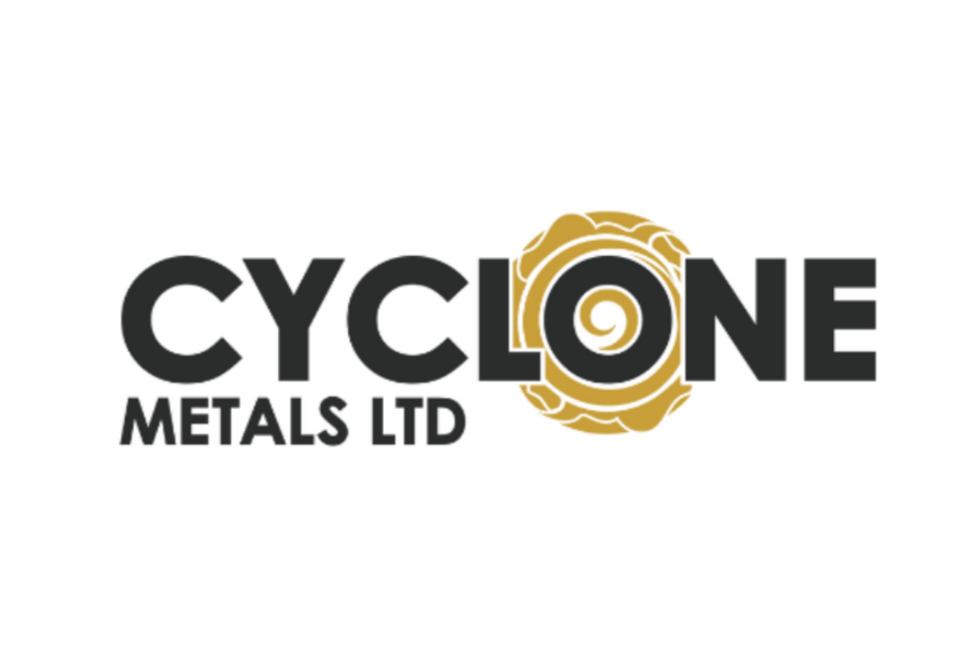Iron Ore Price Rally Comes to a Halt; Vale Plans to Reduce Output
The iron ore price has had a tough month, hitting a decade low at the start of April and then bouncing back mid-month with its biggest gain in nearly two years. And while the metal’s price is still 9.5 percent higher this month, a 1.7-percent drop on Thursday following an initial tumble Wednesday shows that its rally may not last long.
Currently 62 percent iron at Qingdao is sitting at US$56.18 per tonne, which is still 9.5 percent higher for the month. However, the fact that the metal’s price fell 4.6 percent on Wednesday, then another 1.7 percent on Thursday, shows that its rally may not last long.
Big players finally react to price
It seems that the volatility in the iron ore space has finally started to weigh on industry giants, with BHP Billiton (ASX:BHP,NYSE:BHP,LSE:BLT) deciding to slow expansion at its Inner Harbour Debottlenecking project last week. While that didn’t have a huge effect on the iron ore price, the slowdown will likely help even out the supply-demand balance longer term.
Meanwhile, Vale (NYSE:VALE) announced Thursday that it could reduce its forecasted iron ore production by up to 30 million tonnes over the next two years. The company made that move after reporting its worst earning in six years in its Q1 2015 report. The company’s Q1 adjusted EBITDA fell a whopping 60.5 percent to US$1.6 billion — that’s down from US$2.18 billion for the same period in 2014.
“Weak market fundamentals continued to undermine prices, with soft demand from Chinese steel mills and strong seaborne supply,” Vale said in a statement. “Demand for iron ore reduced in 1Q15 as global crude steel production decelerated by 1.7 percent versus 1Q14, reaching 400 Mt. The slowdown was mostly driven by lower steel production in China, as a result of a lackluster property market despite solid infrastructure investments. Besides China, Japan, US and South Korea also recorded a small contraction in steel production in 1Q15.”
China hit hard by price war
While reduced iron ore demand from China has been identified as the driving force behind Vale’s decision, the country’s iron ore imports have actually increased as the price war between industry giants has forced it to cut back its own output. In fact, the China Iron and Steel Association (CISA) reported that China is now importing over 80 percent of its iron ore, with the country’s output falling by 9 percent during Q1.
“It’s common for domestic iron-ore mines now to be running losses, cutting production or completely halting production,” CISA Executive Vice Chairman Zhu Jimin told The Wall Street Journal on Wednesday. “We are not on a level playing field with global miners. We need to lessen the burden on our iron ore mines.”
Whole communities in China have reportedly been experiencing major shut downs, such as Qian’an, which is home to about 60 iron ore mines. About 90 percent of its small, privately owned mines have closed down or become “ghost mines.”
Price war continues
Though Vale is making moves to cut its output, Rio Tinto (ASX:RIO,NYSE:RIO,LSE:RIO), the world’s lowest-cost iron ore producer, is still refusing to do so, with CEO Andrew Harding defending the company’s expansion strategy in a Financial Review article. Harding said he is “very surprised” that critics find the expansion to be a problem. “People are making it sound like it is not in the national interest, when all we are trying to do is maximize the long-term value of the business,” he told the news outlet.
Meanwhile, news surfaced Thursday that the Australian Competition and Consumer Commission (ACCC) has decided not to take action against Andrew Forrest, chairman of Fortescue Metals (ASX:FMG), after he alluded in March to forming a cartel with other big iron ore players. The ACCC accepted that the comments, which were made at a dinner event in Shanghai, were hypothetical.
It will be interesting to see how these major players continue to react to moves in the iron ore price moving forward.
Securities Disclosure: I, Kristen Moran, hold no direct investment interest in any company mentioned in this article.
Related reading:
Iron Ore Price Up on News BHP Will Slow Expansion
Top Iron Ore Miners Still Trying to Muscle Out Competition

